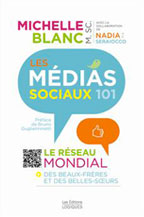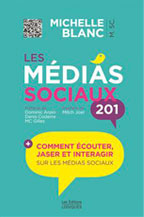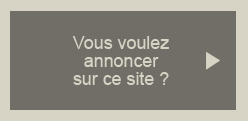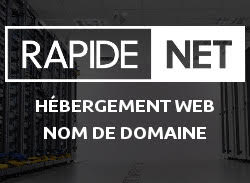Web 2.0 Bashing
Ce matin mon coeur saigne…
C’est que l’un de mes mentors et amis fait un billet critique à l’encontre du Web 2.0. Vincent Gautrais pour qui j’aie beaucoup de respect et avec qui j’entrerai en confrontation lors d’un débat sur l’utilité des blogues pour les professionnels du corps légal, met en lumière trois sources qui illustrent le côté noir du web 2.0. Ce faisant, il me fait découvrir l’excellente revue First Monday. D’ailleurs, le numéro de ce mois-ci est consacré entièrement à analyser et décortiquer les effets négatifs qu’engendre ce nouveau Web. Le pire (ce qui fait saigner mon petit cœur) c’est qu’ils ont raison. Tout comme le couteau peut servir à faire une tartine au beurre d’arachide, il peut aussi servir à éventrer son voisin. Il faut en être conscient et tenir la lame loin de toute chair, encore vivante…
Voici la préface de ce numéro spécial
Et l’extrait de l’un des papiers dont le titre m’est sauté à la face…
Article publié le vendredi, 14 mars 2008 sous les rubriques Blogue, Blogues d'affaires, Marketing 2.0, Marketing des univers virtuels, Marketing Internet, Relations publiques Internet et Web 2.0.












